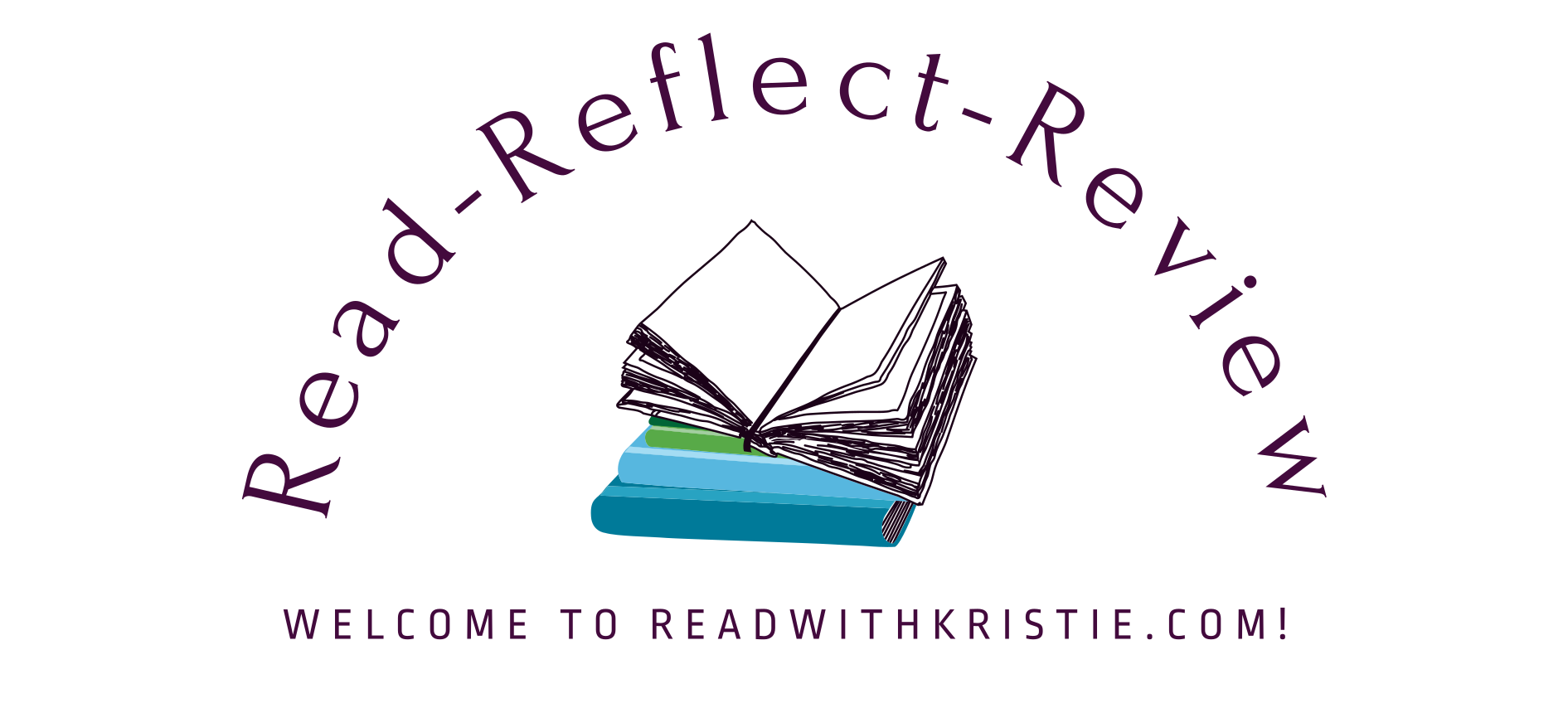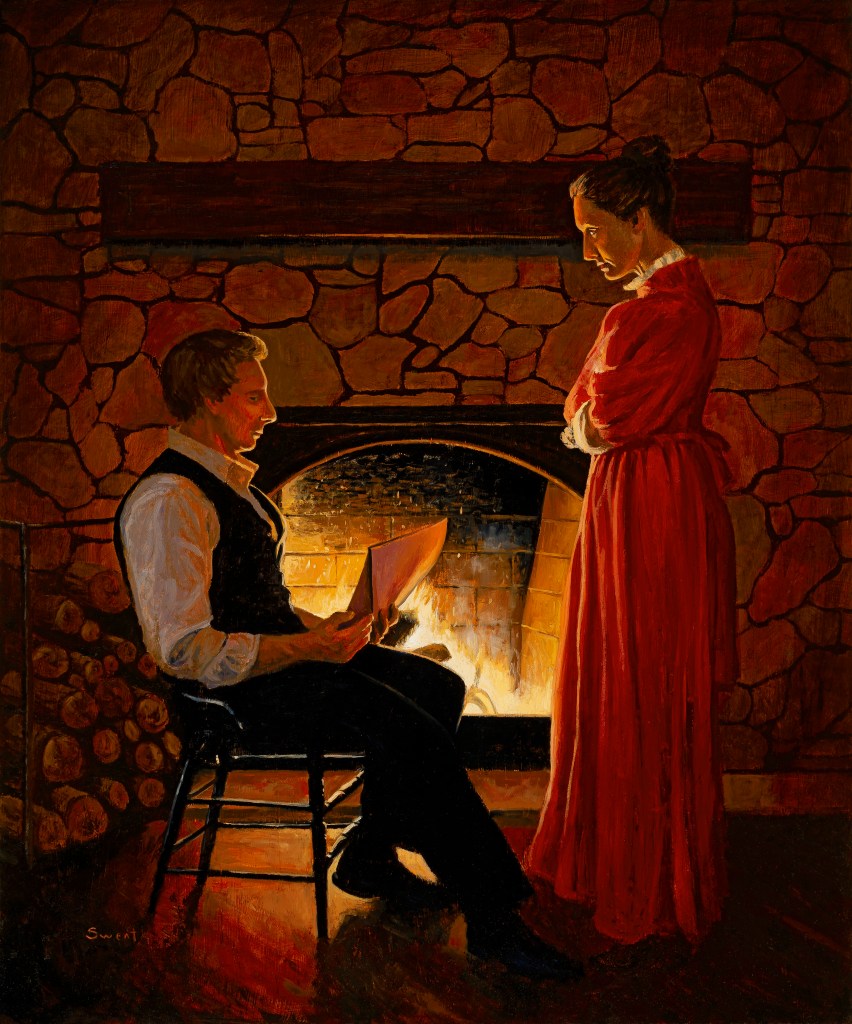OK, this turned out a bit blurry! Sorry about that…
The facts are these: sometimes I’m in a reading mood, sometimes I’m in a blogging mood. Lately I’ve been in a reading mood! A lot. I will highlight a few from this month’s literary adventures.
Best Thriller: Daisy Darker, by Alice Feeney. Yes, this extremely popular book lives up to the hype, even though it was nothing like what I expected. In true Agatha Christie fashion, a group of dysfunctional relatives gather at Grandma’s house for a weekend. Many go in, but few go out. All seen through the eyes of 13 year old Daisy. Great writing with a surprise ending. Recommended! (Some language.) 4.5/5 Stars on Goodreads
Best Classic: The Ghost and Mrs. Muir, by R.A. Dick. I only recently discovered that one of my favorite classic films was first a book. And it was great! There are definitely some differences, as to be expected, but I really enjoyed this as original source material. It was fun to watch the movie again after reading it. 4/5 Stars on Goodreads
Best Cozy Mysteries: Send in the Clowns/Watching the Detectives/Cold as Ice, by Julie Mulhern. These are books 4-6 in the Country Club Murders series and they are just as fun as the ones preceding them. If you’re looking for a smart, escapist series, this is a great one! The writing is terrific and you’ll love the main characters, the headstrong Ellison and Detective Anarchy Jones. 4/5 Stars on Goodreads
Best Romantic Comedies: Pumpkin Spice and Not So Nice AND The Accidental Text, both by Becky Monson. They’re clean, there’s depth, and they tug at your heart. Pumpkin Spice and Not So Nice is a companion book to Jennifer Peel’s The Pumpkin and the Patch (which I read last month and loved.) The Accidental Text is about a twenty-something young woman who has recently lost her mother. She texts her mother’s phone number, pouring her heart out, as a way to deal with her grief. What she doesn’t know is that the number has already been given to someone else. I really loved this one. I recommend both books for a combination of clean, light romance with a splash of emotion. 4/5 Stars on Goodreads
Best Clean Romance: Mulberry Hollow, by Denise Hunter. This is an author whose work I want to pursue more. I just finished this book yesterday morning. It’s proof that you can have a romance with attraction, emotion, tension, and a satisfying story without steamy scenes. It could be marketed as a “Christian Romance,” but the Christian aspect is pretty minimal. The main characters, Avery and Wes, felt so real. I loved the privilege of looking into their lives. 4/5 Stars on Goodreads
Best Steamy Romance: Yours Until Dawn, by Teresa Medeiros. To be clear, I don’t go looking for steamy books. Sometimes, like in this case, the steam shows up halfway through the story. But, despite the blush-worthy scenes (which just about hit my steam limit) this is a fantastic historical romance. A young woman is employed to care for a recently blinded soldier. He’s cantankerous, demanding, and stubborn. She is undaunted, but also a bit mysterious. Then there’s a shocking twist I never saw coming (and I’m usually pretty good at predicting twists.) Again, there are some R-rated steamy scenes. I really wish there was a sanitized version because this is one of the best stories I’ve ever read. 5/5 Stars on Goodreads
Best Young Adult: Not If I See You First, by Eric Lindstrom. Another blind protagonist, high school junior Parker Grant is snarky, a runner, and bluntly honest. She’s high maintenance and she knows it. She also has a fierce love for those who stood by her in her darkest hours (literally) when she lost her sight at age seven. Navigating a new normal after she is orphaned, Parker must deal with her relatives, the drama of high school, and her own heart. The author does an amazing job writing the character of this complex girl. I was completely immersed in her world. (Some language.) 4/5 Stars on Goodreads
Best Fiction: Take Me With You, by Catherine Ryan Hyde. I love books that pair unlikely adults and kids together. Catherine Ryan Hyde is a master at this kind of story. Here we have a divorced science teacher who goes on a cross-country road trip, grieving for a son who recently died. While getting his RV serviced, he strikes up a conversation with the surly mechanic, a single father of two boys. When the mechanic reveals that he’s off to serve a prison sentence, he pleads with the man to take his sons on the road. It’s unusual, heartfelt, and keeps your attention. I recommend it. 4/5 Stars on Goodreads
The other 4 Star books are also worth your time, but these are the ones that affected me the most. Now, what will November bring? I have a few reads mapped out, but only time will tell!















 Among other things, Janus was the Roman god of duality. And while America represents the Land of the Free for some, it is still a land of hypocrisy, fear, and double standards for many. The last couple of weeks have been a painful, shameful reminder of this.
Among other things, Janus was the Roman god of duality. And while America represents the Land of the Free for some, it is still a land of hypocrisy, fear, and double standards for many. The last couple of weeks have been a painful, shameful reminder of this.



